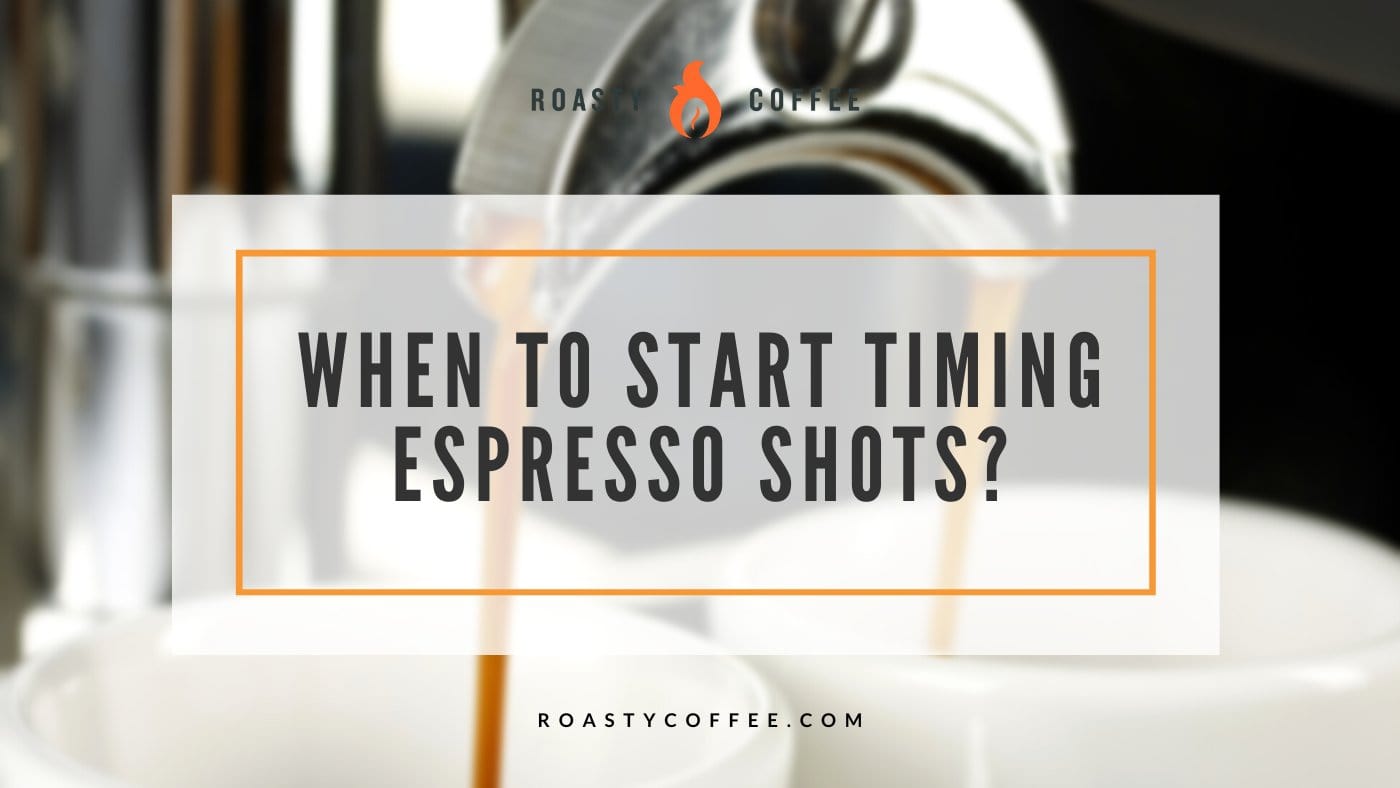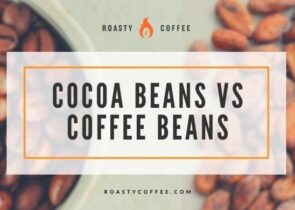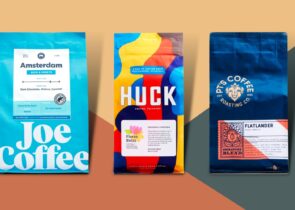When making espresso, there are so many variables involved and numbers to remember; the grind size, the ratio of water to grinds, the weight of grinds needed, and the length of time needed to pull a shot.
When it comes to timing your shots, the big debate is whether you should start timing it when you first press the button and start the pump, or at the first drop of espresso that falls.
There are solid arguments on both sides, which we’ll lay out and review here, but in reality – neither opinion is right. So, what’s the answer? Keep reading to find out!

The Debate: When to Start Timing Espresso Shots
When you are brewing espresso, you are showering high-pressurized hot water into finely ground espresso beans for a certain period of time.
Generally speaking, it takes between 25-35 seconds to brew a standard espresso shot. However, the question is: when do you begin that “brewing” time frame and start counting seconds?
There are two answers to this question that are both valid, although neither gets it quite right.
The first answer is to begin counting the moment you start the pump. This is usually done with the push of a button or switch, and you may hear the pump begin to flush water into the group head.
However, you’ll note that it takes several seconds before you begin to see any espresso come out of the portafilter. On an industrial espresso machine, it usually is within 4-6 seconds, but with most at-home espresso machines, it will be longer, ranging from 7-9 seconds.
And that is where the second answer comes in- you should begin counting the moment you see the first drop of espresso.
What’s the Difference?
If you’re new to espresso brewing, you may wonder what the difference is between these two approaches, as it’s only a mere seconds difference.
Well, with espresso, it matters a lot. Your grind-to-water ratio is so small, usually 1:2, and your brew time is so short and intense that one second can honestly make quite a difference in the end result.
If you brew three seconds over the ideal extraction time range, your espresso shot will have a higher ratio of water to grinds, making it weaker and over-extracted.
The first argument of the debate says that you begin counting the moment you hit the button because that’s when water is in contact with the grinds, impacting the taste and extraction of the grinds.
This time matters and is a part of the process, but it can vary from machine to machine based on how they are made.
Some espresso machines have slow pre-infusion settings, so you may not see espresso leave the group head for the first several seconds. This is why the opposing argument debates that it is more consistent to begin counting once espresso begins leaving the portafilter.
This seems to create more consistency across different machine types and gives a more accurate timeframe for how long a shot might pull.
Does It Really Matter?
When it comes down to what matters, the thing that’s most important is the end result – the taste of the espresso matters most.
The time window is a good frame of reference when first learning to brew espresso. Having a timer or countdown visible can be incredibly useful when making multiple drinks at once.
However, as you learn your machine and how to dial in your exact espresso taste of preference, you will begin to visually see when your shot is done.
The color changes to a translucent light tan and you’ll notice a white spot appear on the crema of your espresso where the stream enters. This is the exact moment the shot is done and that can sometimes happen in an inconsistent time frame.
So, What About Beginners?
Alright, so it takes time and experience to learn by sight and know exactly when to stop the flow, but what about those who are just starting to learn? The best answer for that is to pick which system best works for you.
More often than not, shot times are preset on most consumer espresso machines, meaning you don’t even have to worry about shutting the flow off. This is a great setting to utilize while you learn the craft of brewing espresso.
Once you begin to feel confident with being able to see the end of your shot, try doing it manually and get the feel for shutting off the group head.
If your machine is fully manual, pick a system that works for you based on what feels right and works with your brewing flow best.
The main thing – keep it consistent. If you begin timing at the first drop of espresso, make sure you’re using that time frame for all your shots and recipes.
In my own experience, I find starting at the press of a button is most effective. Beginning the timer then allows me to know if there is anything wrong with the shot, long before it’s over.
If the first drop of espresso doesn’t hit until 7 seconds in, I know I overpacked my portafilter and will need to let the shot run longer. If the espresso starts hitting the cup at 2 seconds, I know my coffee grounds are either too coarse or my grind weight is off, resulting in a weaker shot.
Wrapping Up
Overall, what matters most about brewing espresso is learning all the elements that go into the brewing process and how to tweak them to get desired results.
Timing is just one variable and has no hard, set rule. Espresso recipes will often give you a time frame for brew length, but take it based on your machine, how it works, and your personal preference for espresso flavor and taste!
Happy Caffeinating!







